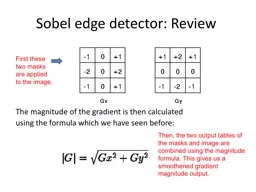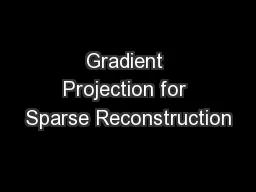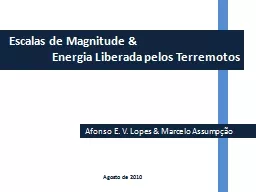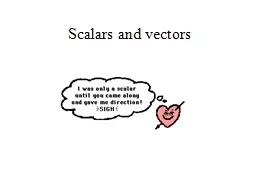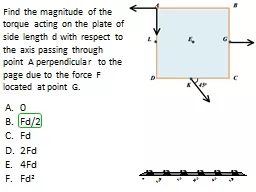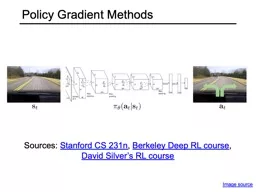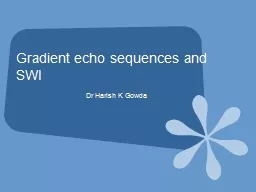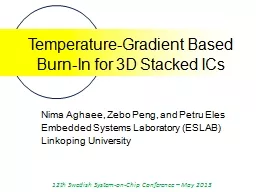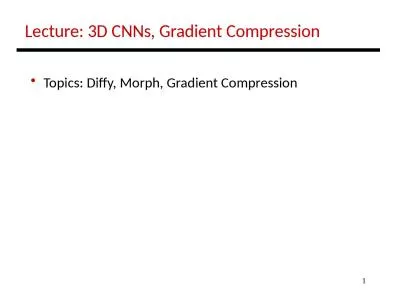PPT-The magnitude of the gradient is
Author : olivia-moreira | Published Date : 2018-11-08
then calculated using the formula which we have seen before First these two masks are applied to the image Then the two output tables of the masks and image are
Presentation Embed Code
Download Presentation
Download Presentation The PPT/PDF document "The magnitude of the gradient is" is the property of its rightful owner. Permission is granted to download and print the materials on this website for personal, non-commercial use only, and to display it on your personal computer provided you do not modify the materials and that you retain all copyright notices contained in the materials. By downloading content from our website, you accept the terms of this agreement.
The magnitude of the gradient is: Transcript
Download Rules Of Document
"The magnitude of the gradient is"The content belongs to its owner. You may download and print it for personal use, without modification, and keep all copyright notices. By downloading, you agree to these terms.
Related Documents

